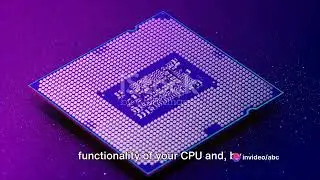UML modeling // Object Oriented Analysis and Design (ICS)
Unified Modeling Language (UML) is a standardized visual language used to specify, visualize, and document the artifacts of a software system. It provides a set of diagrams that help in understanding the structure, behavior, and interactions within a system. Here’s an overview of the key UML diagrams and their purposes:
Key UML Diagrams
#### 1. *Class Diagram*
**Purpose**: Represents the static structure of a system, showing classes, their attributes, methods, and relationships (e.g., inheritance, associations).
**Components**:
**Classes**: Rectangles containing the class name, attributes, and methods.
**Relationships**: Lines connecting classes, indicating how they interact (e.g., solid lines for associations, dashed lines for dependencies).
#### 2. *Use Case Diagram*
**Purpose**: Captures functional requirements and interactions between users (actors) and the system.
**Components**:
**Actors**: Represent users or other systems interacting with the application.
**Use Cases**: Ovals representing specific functionalities or services provided by the system.
**Relationships**: Lines connecting actors to use cases, indicating participation.
#### 3. *Sequence Diagram*
**Purpose**: Illustrates how objects interact in a particular scenario over time, showing the sequence of messages exchanged.
**Components**:
**Lifelines**: Vertical dashed lines representing individual objects.
**Messages**: Horizontal arrows indicating the communication between objects, annotated with the message name.
#### 4. *Activity Diagram*
**Purpose**: Represents workflows and processes, detailing the flow of control and data.
**Components**:
**Activities**: Rounded rectangles indicating tasks or actions.
**Decisions**: Diamonds representing branching points based on conditions.
**Start/End Nodes**: Solid circles for starting and ending points of the flow.
#### 5. *State Diagram*
**Purpose**: Describes the states of an object and the transitions between those states based on events.
**Components**:
**States**: Rounded rectangles representing different conditions or situations of an object.
**Transitions**: Arrows indicating how an object moves from one state to another, often annotated with the triggering event.
#### 6. *Component Diagram*
**Purpose**: Shows the organization and dependencies among software components, illustrating how components are wired together.
**Components**:
**Components**: Rectangles representing modular parts of the system.
**Interfaces**: Circles or lollipop symbols indicating points of interaction.
Benefits of UML Modeling
**Visual Communication**: Provides a clear visual representation of system structure and behavior, facilitating communication among stakeholders.
**Standardization**: Offers a standardized way to document software systems, making it easier for team members to understand and collaborate.
**Documentation**: Serves as valuable documentation for future maintenance and enhancement of the software.
**Analysis and Design**: Assists in analyzing system requirements and designing architecture before implementation begins.
Conclusion
UML modeling is a powerful tool for software developers, analysts, and architects. By using UML diagrams, teams can effectively visualize and document the various aspects of a software system, ensuring a clearer understanding of requirements, design, and interactions. This ultimately leads to better communication, more efficient development processes, and higher-quality software products.



















